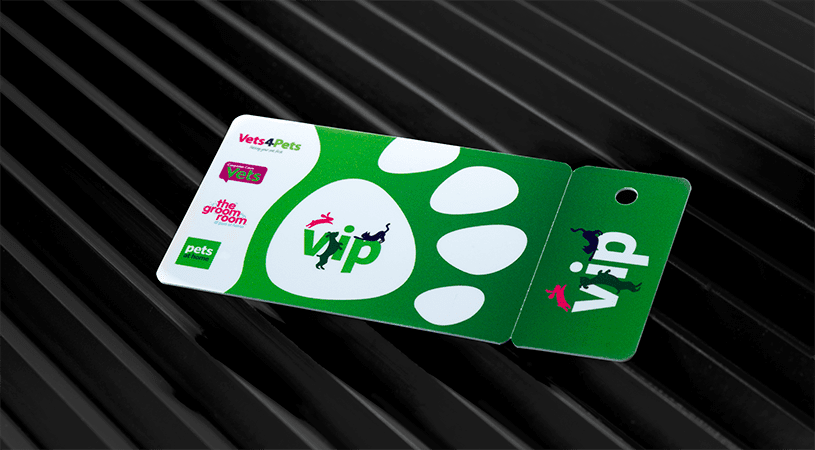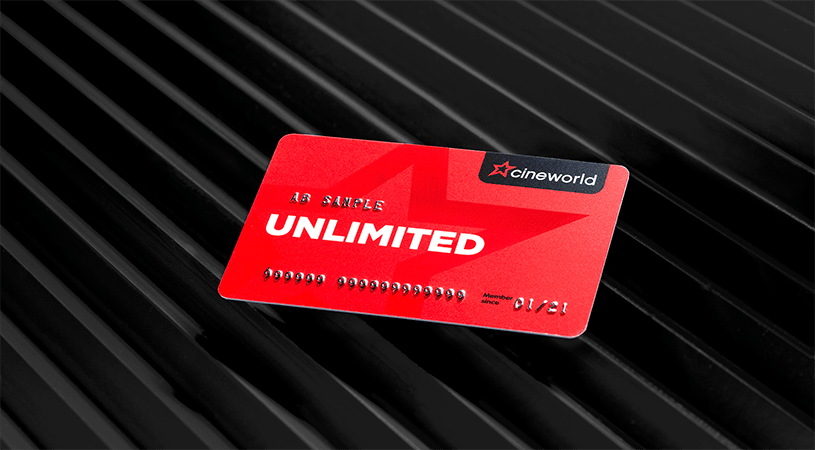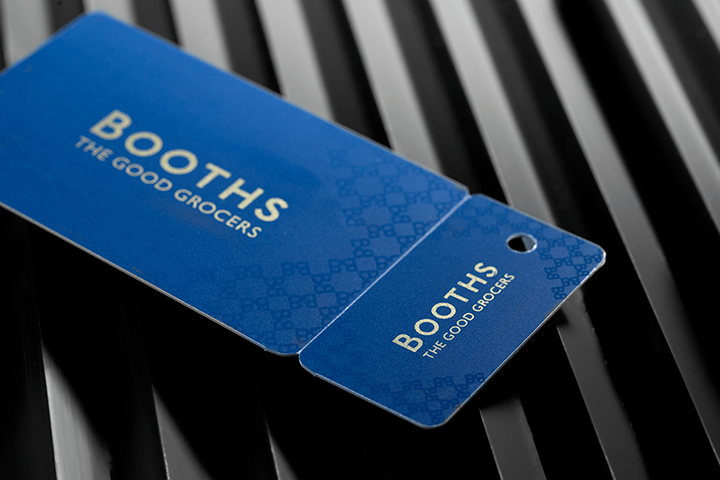One of biggest problems facing the world today in terms of its technological uses is fraud, with millions of people having felt the effects of this in one form or another. As newer and more powerful technological advances are made, so too does the repertoire of criminals who are looking to benefit from the misfortune of others. Fortunately however, there are improvements being made every day to prevent such criminal activities from occurring, with the progression of barcoding on plastic cards being the safest it has ever been.
As a customer, you would like to know that your loyalty at your favourite store is being rewarded and that is exactly what you can expect with a loyalty card. Having dedicated numerous hours and expenses, having something given back to you in return can make it all worthwhile and with a loyalty card you can reap from numerous benefits such as special discounts and so on. So if someone was to take advantage of your loyalty and steal your points, you would understandably be unhappy – which is why the introduction of barcoding is so important.
Barcoding can help differentiate between customers and keep a record of your shopping history, while every transaction you make is recorded in a secure location. If you are unfortunate enough to misplace your loyalty card, then you simply need to identify the store and they will suspend your current card, but still transfer your data across to a new one. So you needn’t have to worry about losing any potential points you have accrued.
What is a barcode?
A barcode is a simple means of storing information. It basically consists of a group of printed patterned bars and spaces, as well as numeric and sometimes alpha numeric data which is designed to be scanned and read into computer memory as identification for the object it labels. An infinite amount of data can be stored within your plastic card as the barcode is linked with a computer database which records all of the information which is being used.




